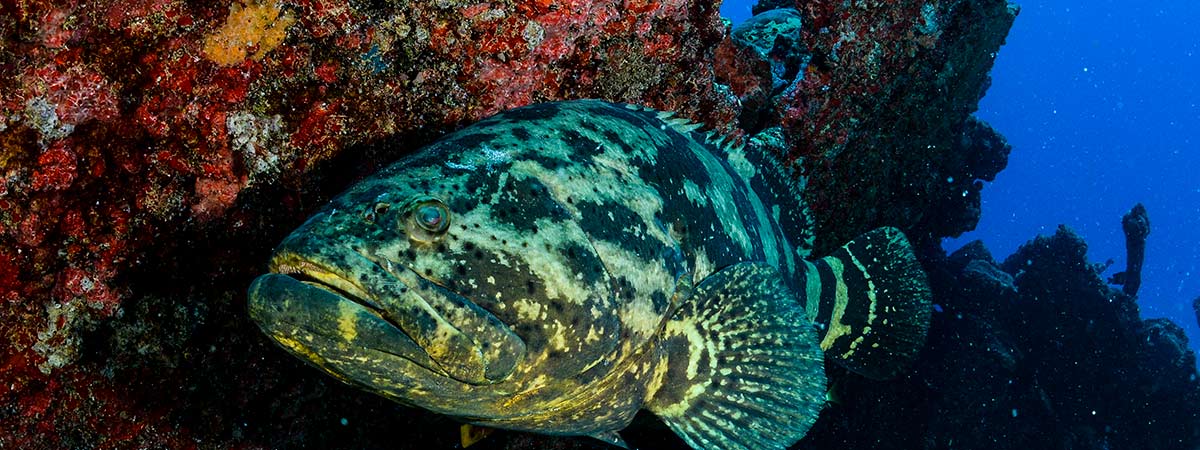Tarpon Research - Juvenile
Tarpon spend the first year of their lives in these marshes, growing to about 12-18" in length. They can survive in the stagnant waters because they "roll" at the surface to gulp air into their swim bladder, and they feed on the abundant small mosquitofish living in the same habitat.
Juvenile tarpon are noisy, and we can use hydrophones to hear them rolling at the surface or chasing prey. Listen to the tarpon:
These 250 juveniles captured (and released) from one net haul are more than were captured in a 2-year study along the entire Texas coast. Florida's marshes are the only known nurseries in the United States. One of our current research projects is trying to determine which adult populations around FL, the Gulf of Mexico and the Caribbean come from Florida's juveniles.
Immediately after entering the estuary, larvae shrink as they metamorphose into juveniles. They begin moving around the margins of the Indian River Lagoon, seeking the stagnant marshes found in mosquito control impoundments and the upper reaches of natural creeks.
Check out this slow-motion video clip showing the feeding strike of a juvenile tarpon.


 Give to Florida Tech
Give to Florida Tech 